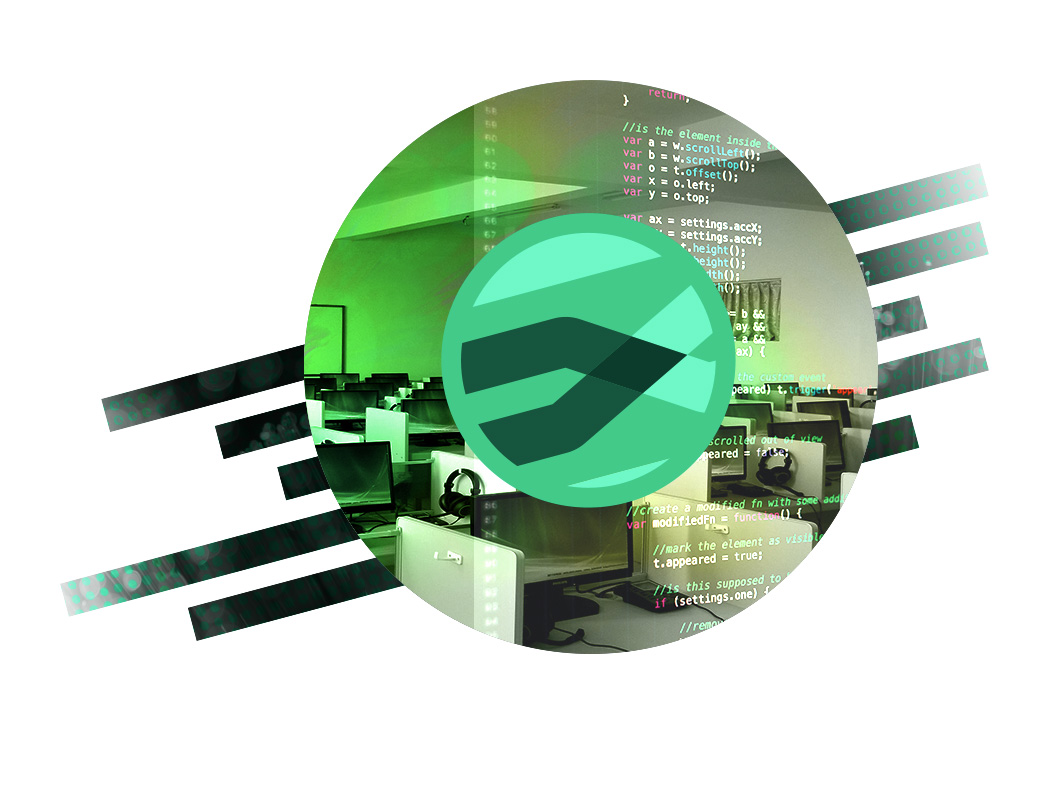 Featuring:
Featuring:
Ian Jacobs, Principal Analyst
Show Notes:
First, here’s the less-than-exciting exciting news: Don’t expect to see fully automated customer service organizations in the next five years. Customer calls won’t be routed to a warehouse full of intelligent robots with headsets.
Here’s the exciting news: AI is already revolutionizing customer service, and the pace of change will only accelerate. The most successful firms will start with internal use cases that support agents’ work. Discover the future of customer service in this week’s What It Means, featuring Principal Analyst Ian Jacobs.
A customer service organization is a blend of technology, people, and processes. For AI to have a demonstrable positive effect, people and processes must change in tandem with technology. For that reason, small-scale internal use cases are the best place to start for AI. No, it’s not as exciting as a fancy new chatbot, but your customer base will thank you for not unleashing unvetted technology. By starting this way, customer service organizations can acquire incremental automation wins that will pave the way for successful customer-facing deployments.
As they move forward, customer service organizations must also prepare for the automation paradox: Once you automate the simpler tasks, everything that’s left is hard, requiring more nuance and specificity. Metrics may need to shift from efficiency (e.g., get this person off the phone ASAP) to mostly experience-driven metrics (e.g., Net Promoter Score).




